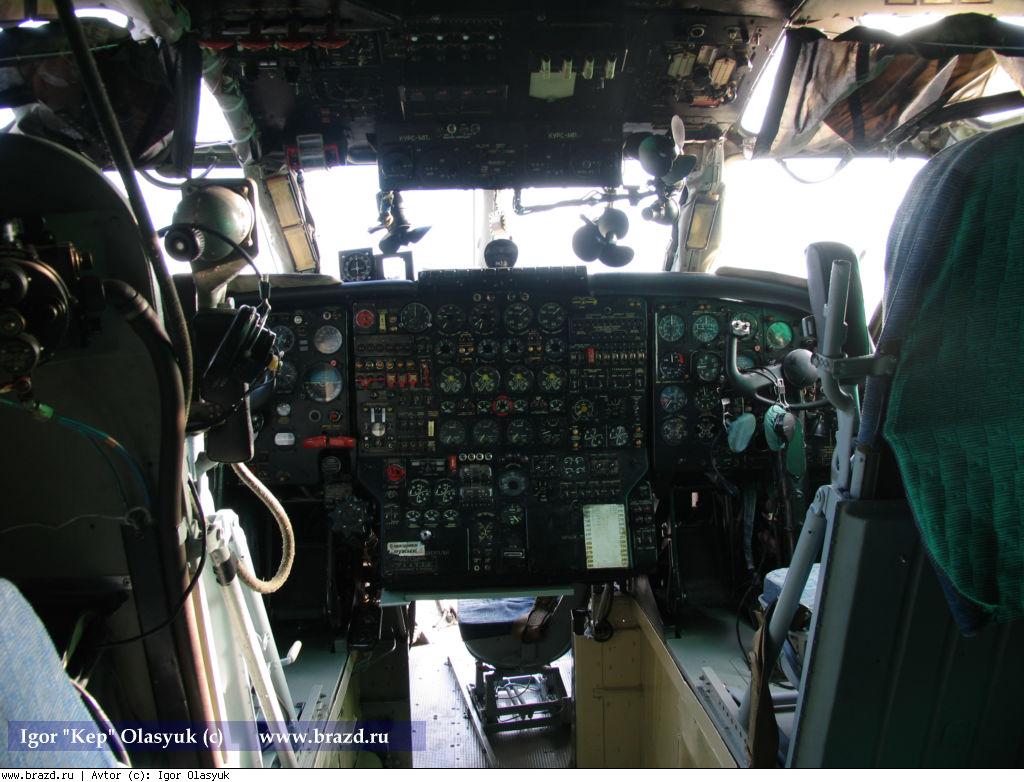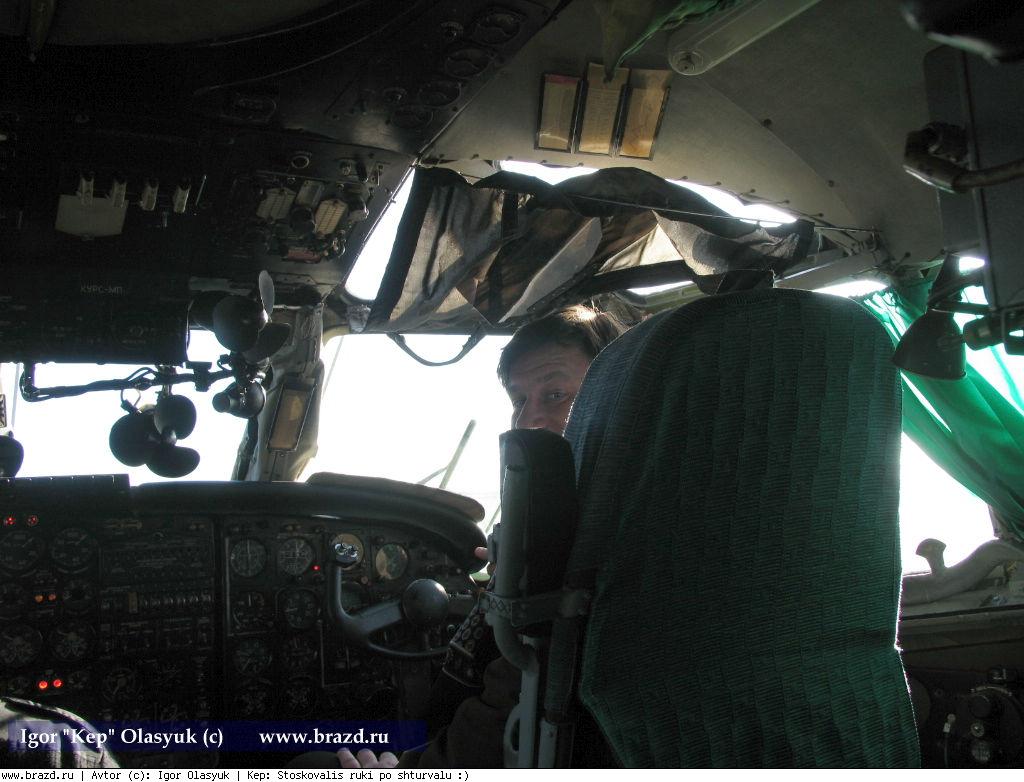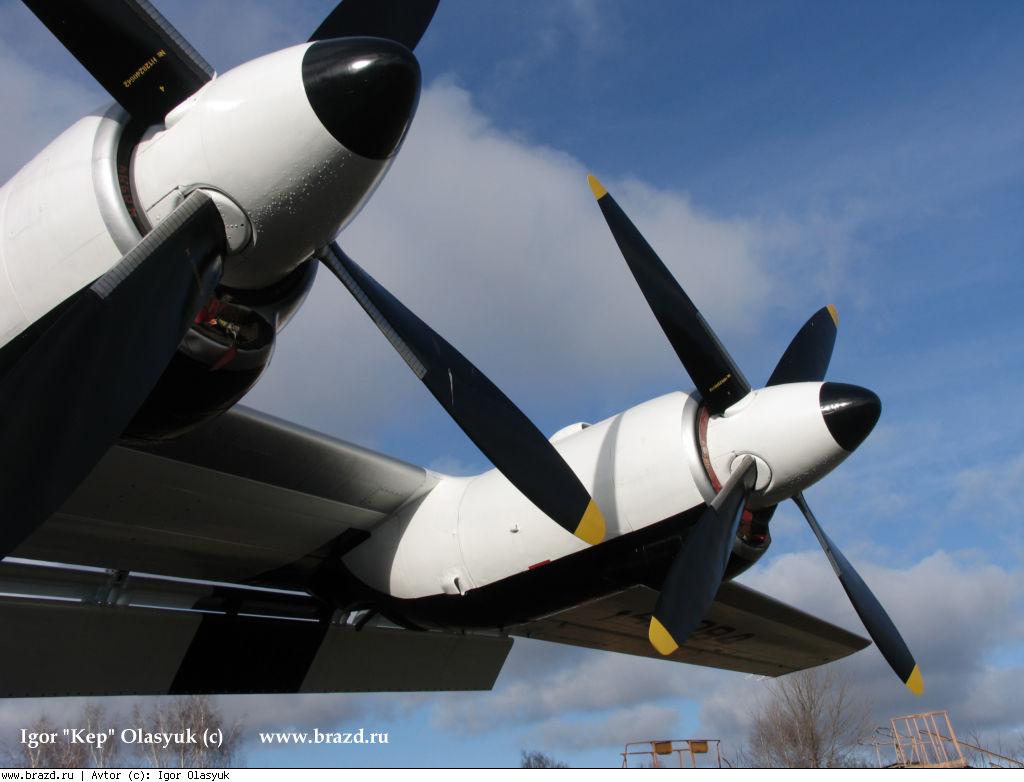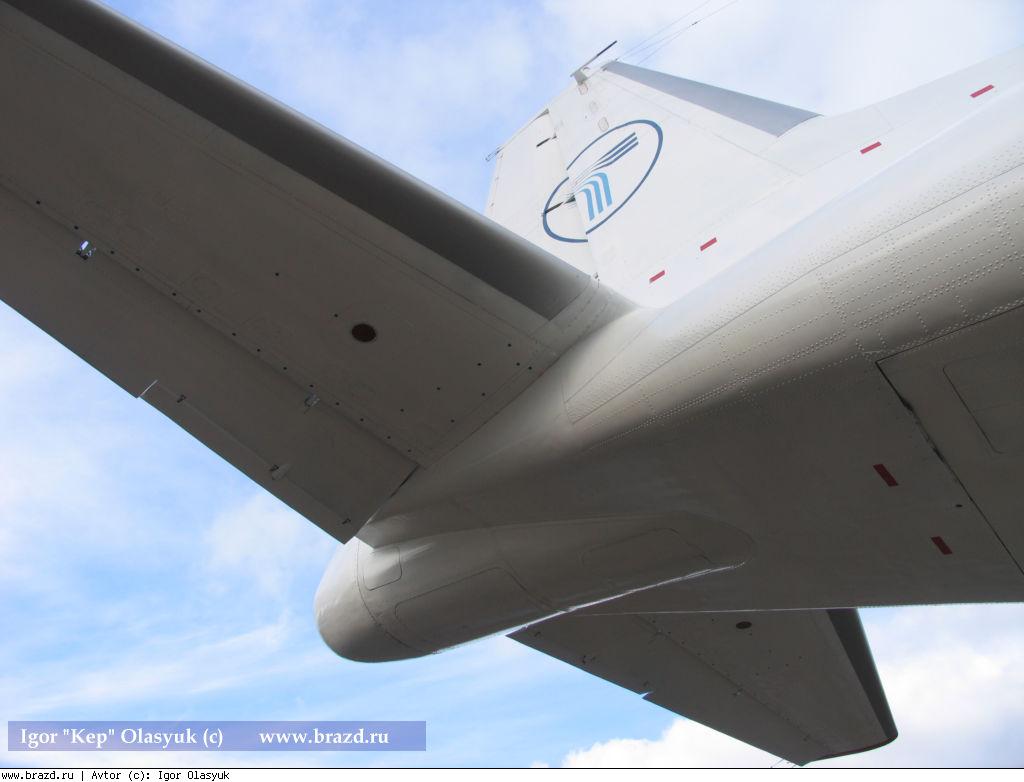우리나라 인터넷 경매에도 나왔던 AN-12
진짜 백사 | 2005-07-02 09:45:08
조회 1772 | 추천 1 | 다운로드 18
------------------------------------------------
작성자 : 진짜 백사
>
>
>------------------------------------------------
>작성자 : 진짜 백사
>
>Antonov An-12
>>
>>. "Tactical transport"
>>
>>Powerplants: An-12BP - Four 2985kW (4000ehp) Ivchenko (now Progress) Al-20K turboprops, driving four blade constant speed propellers.
>>
>>Performance: An-12BP - Max speed 777km/h (420kt), max cruising speed 670km/h (360kt). Max initial rate of climb 1970ft/min. Service ceiling 33,465ft. Takeoff run at max takeoff weight 700m (2296ft). Range with max fuel 5700km (3075nm), range with max payload 3600km (1940nm).
>>
>>Weights: An-12BP - Empty 28,000kg (61,728lb), max takeoff 61,000kg (134,480lb).
>>
>>Dimensions: An-12BP - Wing span 38.00m (124ft 8in), length 33.10m (108ft 7in), height 10.53m (34ft 7in). Wing area 121.7m^2 (131.0sq ft).
>>
>>Accommodation: Flightcrew of two pilots, flight engineer, navigator (in glazed nose) and radio operator, plus loadmasters. Can carry up to 20 tonnes (44,060lb) of freight such as artillery, light armored vehicles and missile carriers, or alternatively up to 90 equipped troops or paratroopers.
>>
>>Armament: Two tail mounted 23mm cannon (not on all aircraft).
>>
>>Operators: Czech Republic, Egypt, Ethiopia, Iraq, Russia, Ukraine, Yemen. Y-8 - China, Myanmar, Sudan.
>>
>>History: For many years the An- 12 (NATO codename 'Cub') provided the backbone of Soviet and Warsaw Pact air forces' medium lift transport capability, but the type, generally considered the Russian equivalent of the C-1 30, is now being replaced by more modern airlifters.
>>
>>The origins of the An-12 lie in the An-8, a twin turboprop powered military transport which featured the classical military freighter configuration of a high wing and rear loading ramp. About 100 An-8s were built and the type formed the basis for the stretched, four engined An10 airliner for Aeroflot. The An-1 0 in turn formed the basis for the An12, the main differences between the two being the latter's more upswept rear fuselage and rear loading ramp.
>>
>>The An-12 flew for the first time in 1958, powered by Kuznetsov NK-4 turboprops. The definitive production freighter meanwhile, the An-12BP, is powered by Ivchenko Al-20s. The An-12 remained in production until 1973, with a number also delivered to Aeroflot and Soviet aligned airlines. Its replacement in Russian service is the ll-76.
>>
>>Various special missions variants of the An-12 have been developed, but details on these aircraft are sketchy. Many aircraft have been converted for Elint, festooned with various antennas, and these are covered by the NATO designations 'Cub-A!, and 'Cub-B', while the 'Cub C' and more recent 'Cub-D' are ECM aircraft. Unconfirmed reports have suggested the development of a command post variant, while others have been used for research and development tasks.
>>
>>Xian in China meanwhile developed the improved Y-8 from 1968. A number of variants have been developed (all built by Shaanxi Aircraft Company), including the Y-8A helicopter carrier, pressurized Y-8C (developed with assistance from Lockheed), Y-8D export aircraft with western avionics and Y-8E drone carrier. A single Y-8X maritime patrol and ASW aircraft has also flown. The Y-8 remains in production."
>>
>>(source: International Directory of Military Aircraft 1998-1999)
>>
>> 지금은 ll-76로 대체되었져..
>>
>>
>>
>>제원
>>
>>길이 33.109m
>>너비 38.015m
>>높이 11.440m
>>무게 공차무게 28ton
>>엔진수 4개
>>승무원수 3~6명 >











댓글 [0]